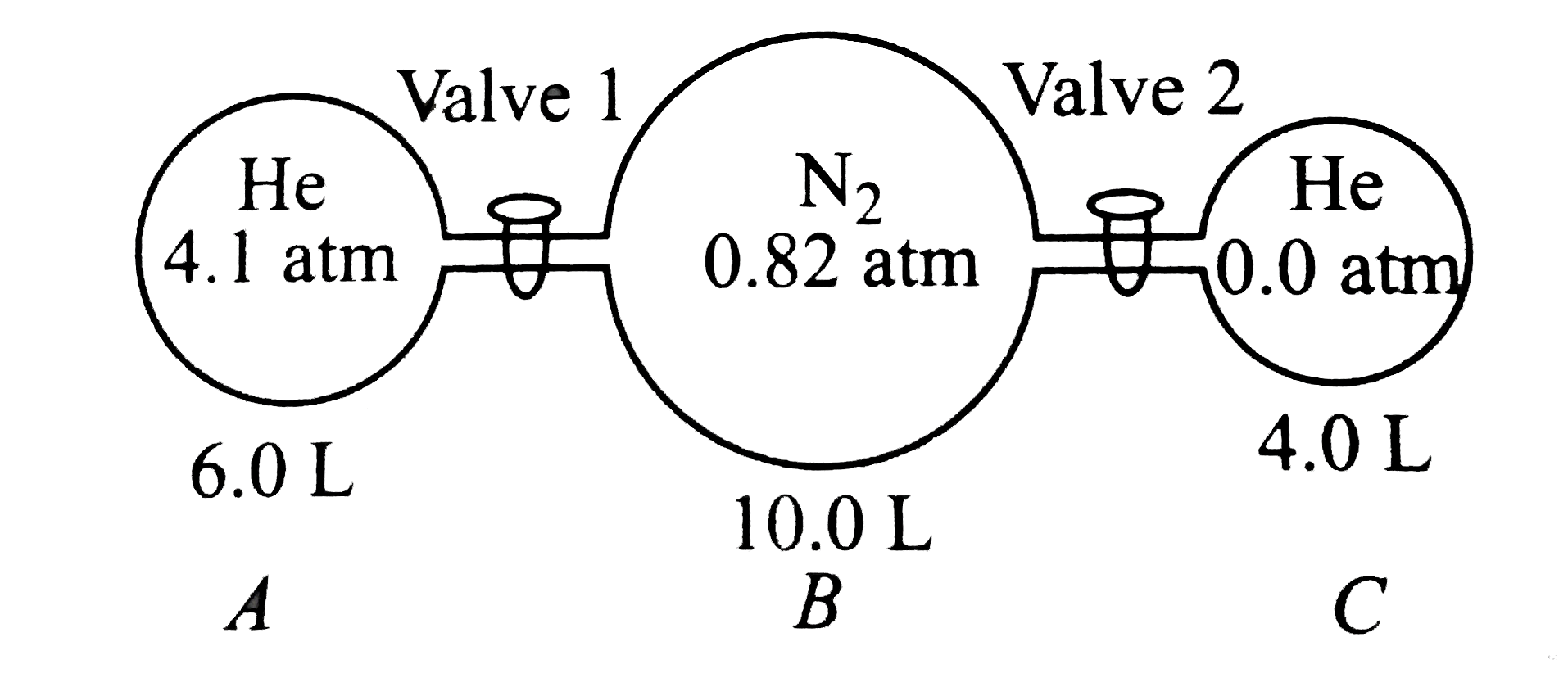Valves occur in
Arteries, veins and auricles
Atria , ventricles and veins
Arteries , veins and ventricles
SA node, AV node and veins
The correct Answer is:B
Step-by-Step Solution:
1. Understanding the Question: The question asks where valves occur in the circulatory system. Valves are crucial components that help regulate blood flow and prevent backflow.
2. Identifying Locations of Valves: Valves are primarily found in two main areas:
- Heart: Valves are located between the chambers of the heart and at the exits of the heart into the major arteries.
- Blood Vessels: Valves are also present in veins, particularly in the limbs, to prevent the backflow of blood as it returns to the heart.
3. Types of Valves in the Heart:
- Atrioventricular Valves: These include the tricuspid valve (between the right atrium and right ventricle) and the bicuspid (or mitral) valve (between the left atrium and left ventricle).
- Semilunar Valves: These include the aortic valve (between the left ventricle and the aorta) and the pulmonary valve (between the right ventricle and the pulmonary artery).
4. Valves in Veins: Valves in veins are particularly important in the limbs to assist in the upward flow of blood against gravity, preventing backflow.
5. Conclusion: Based on the above points, valves occur in the following locations:
- Atria (specifically between atria and ventricles)
- Ventricles (specifically at the exits of the ventricles)
- Veins (to prevent backflow of blood)
Final Answer:
Valves occur in the atria, ventricles, and veins.
---
- Heart: Valves are located between the chambers of the heart and at the exits of the heart into the major arteries.
- Blood Vessels: Valves are also present in veins, particularly in the limbs, to prevent the backflow of blood as it returns to the heart.
- Atrioventricular Valves: These include the tricuspid valve (between the right atrium and right ventricle) and the bicuspid (or mitral) valve (between the left atrium and left ventricle).
- Semilunar Valves: These include the aortic valve (between the left ventricle and the aorta) and the pulmonary valve (between the right ventricle and the pulmonary artery).
- Atria (specifically between atria and ventricles)
- Ventricles (specifically at the exits of the ventricles)
- Veins (to prevent backflow of blood)
Valves occur in the atria, ventricles, and veins.
Topper's Solved these Questions
- BIOTECHNOLOGY : PRINCIPLES AND PROCESSESBOOK - TRUEMEN BIOLOGY ENGLISHCHAPTER - BIOTECHNOLOGY : PRINCIPLES AND PROCESSESEXERCISE - MULTIPLE CHOICE QUESTIONS
124 Videos
- BREATHING AND EXCHANGE OF GASES BOOK - TRUEMEN BIOLOGY ENGLISHCHAPTER - BREATHING AND EXCHANGE OF GASES EXERCISE - MULTIPLE CHOICE QUESTIONS
199 Videos
Similar Questions
Eustachian valve occurs in :−
View SolutionTricuspid valve is found in between
View SolutionTricuspid valve is found in between
View SolutionValves of Kerckring occurs in
View SolutionWhich of the following is a correct match regarding valves and their respective location?
1) Tricuspid valve (Valves) - Aorta (Location)
2) Mitral valve (Valves) - Between left atrium and left ventricle (Location)
3) Bicuspid valve (Valve) - Between right atrium and right ventricle (Location)
4) Semilunar valve (Valves) - Between left and right atrium (Location)
View SolutionWhich is correct about joint diastole?
a. Bicuspid and tricuspid valves are open
b. Bicuspid and tricuspid valves are closed
c. Semilunar valves are open
d. Semilunar valves are closed
View SolutionThe two valves of Unio are hinged
View SolutionSemilunar valves open during ventricular diastole.
View SolutionThe figure given below shows three glass chambers that are connected by valves of negligible volume. At the outset of an experiment, the valves are closed and the chambers contain the gases as detailed in the diagram. All the chambers are at the temperature of 300K and external pressure of 1.0atm.

What is the total pressure in chamber B after valve 1 is opened?
View SolutionExplain the location and functions of various valves present in the heart and blood vessels.
View Solution
